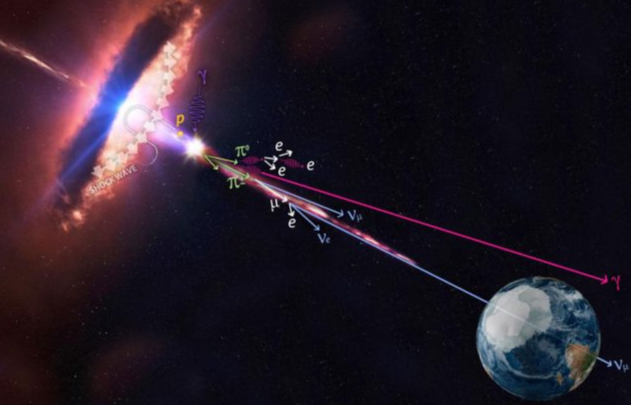Speaker
Description
The HAWC observatory is an air-shower Cherenkov detector
installed at high altitudes (4100 m a.s.l.) with the mission of
studying the universe at TeV energies by means of the gamma and
cosmic rays that are received from the sky. The analyses of the
hadronic-induced events at HAWC have allowed to investigate the
sky maps, energy spectrum and the composition of cosmic rays at
energies from TeV’s to 1 PeV with high precision and statistics.
From these studies, HAWC has measured the all-particle energy
spectrum of cosmic rays just below the knee down up to the energy
region dominated by direct experiments and has observed a cut-off
in the total spectrum at tens of TeV’s. Furthermore, it has estimated
the energy spectrum for H+He nuclei, which has led to the
observation of a softening at around 24 TeV. Unfolding studies in
this energy region with HAWC have shown that such structure is due
to the presence of individual cut-offs in the spectra of H and He,
which were observed for the first time by direct experiments. In
addition, HAWC results have also indicated the existence of a
cut-off in the heavy component of cosmic rays between 100 and
300 TeV and hardenings in the spectra of the light cosmic ray nuclei
at around 100 TeV. In this talk, we will present a review of the main
results of HAWC on the spectrum and composition of cosmic rays.
Finally, we will compare the findings with data from direct and
indirect experiments.

